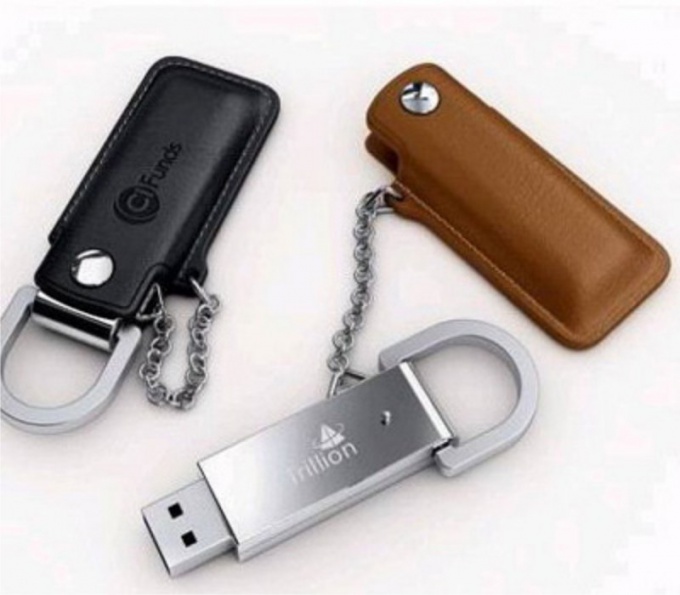You will need
- - administrator rights.
Instruction
1
Plug the media into the usb port on the motherboard. In this case, the data is transferred directly through a usb controller to the processor and the HDD. If you connect the drive to the connectors on the front (side, top) panel, the data to the motherboard go through the cost of the hull itself.
2
Disable antivirus software, if you believe in the "purity" of the transmitted data. Powerful anti-virus control all the processes in the operating system, including processes read from media and written to it. Antivirus will check the data on the fly, which slows down the speed of transmission. Don't forget that many programs that cost in the startup of the operating system, load the personal computer.
3
Conversely, make sure that your computer is virus-free. Install an effective antivirus. Many viruses are written to a file, startup media, and media connection are activated that will affect the data transmission. Some carriers can be blocked by the computer due to the presence of viruses.
4
Record media files in archives. If you need to record a long list of small files, merge them into a single archive. In this case, important space savings due to compression files, and the process of the transfer data file will be written much faster than a small set of the same volume. Regularly format your media and clean from unnecessary information. The excess of small files and bad sectors significantly affects the perception of the usb stick operating system. It is best to format the media at least once a month, to completely remove viruses, temporary files, redundant information.

